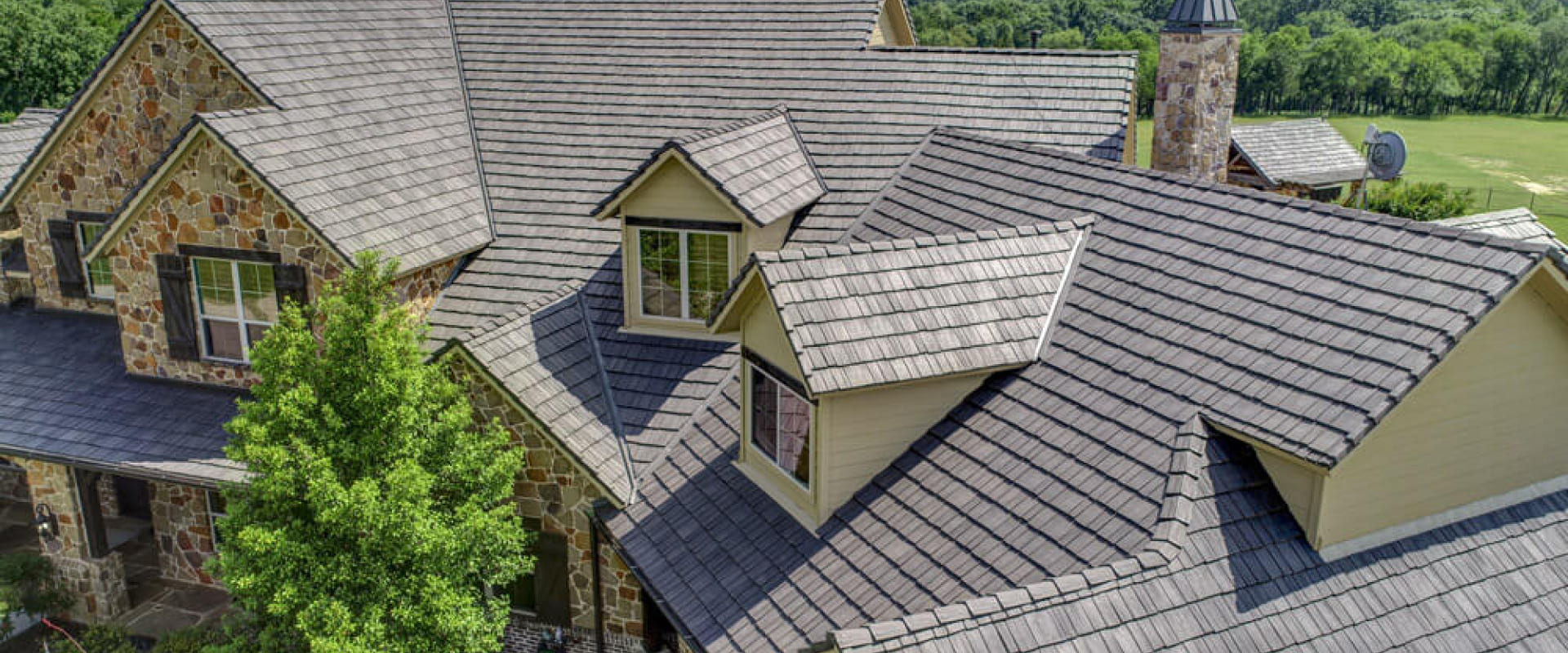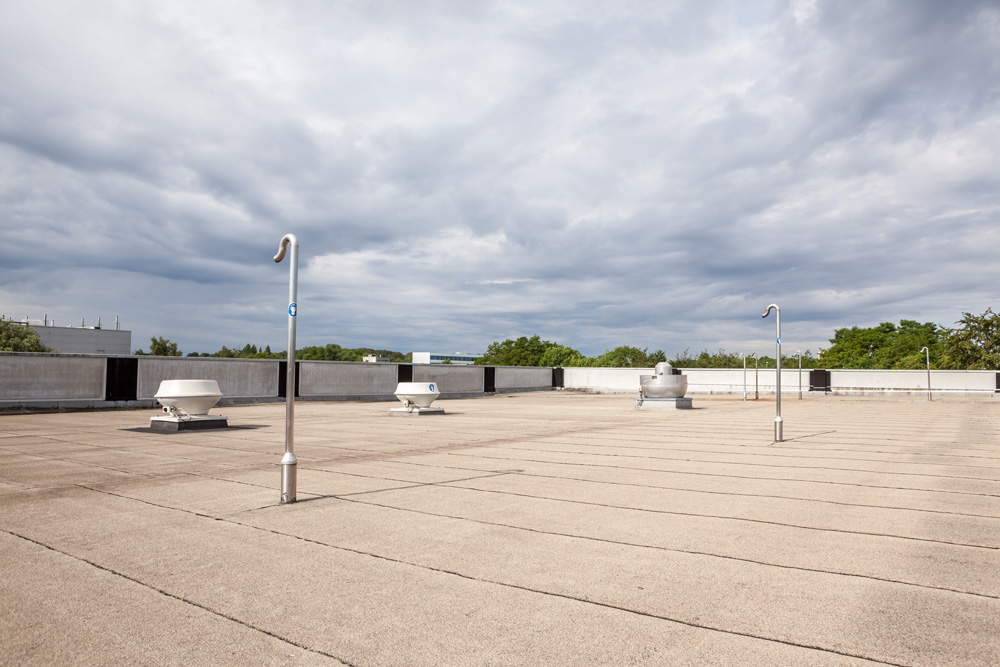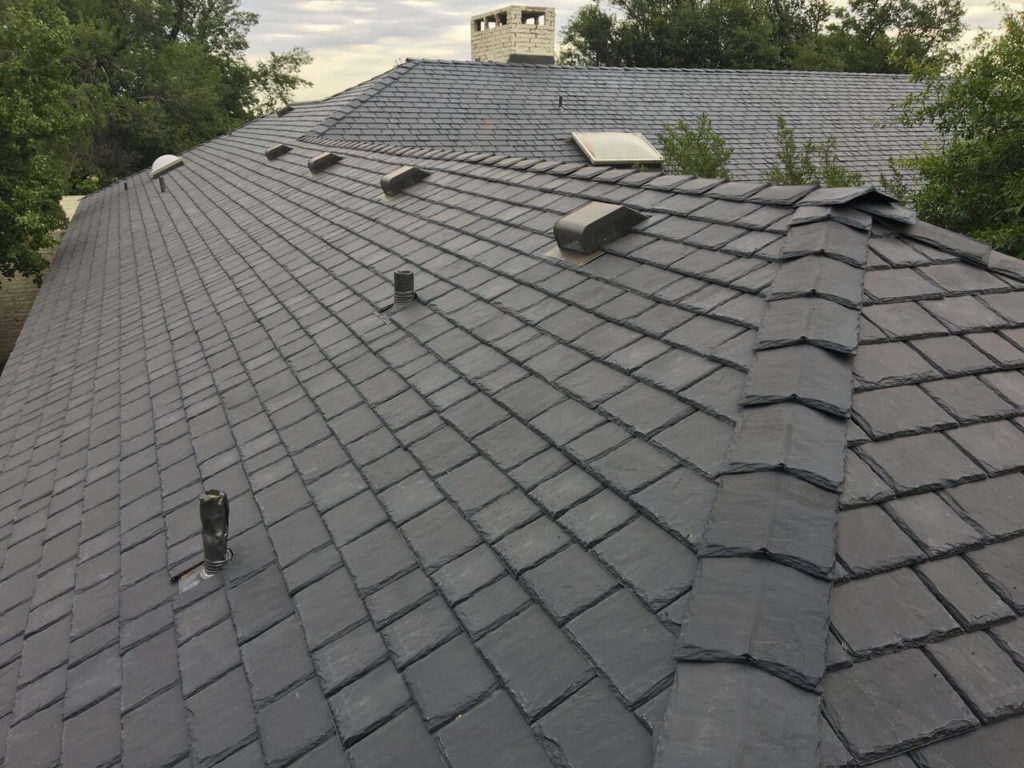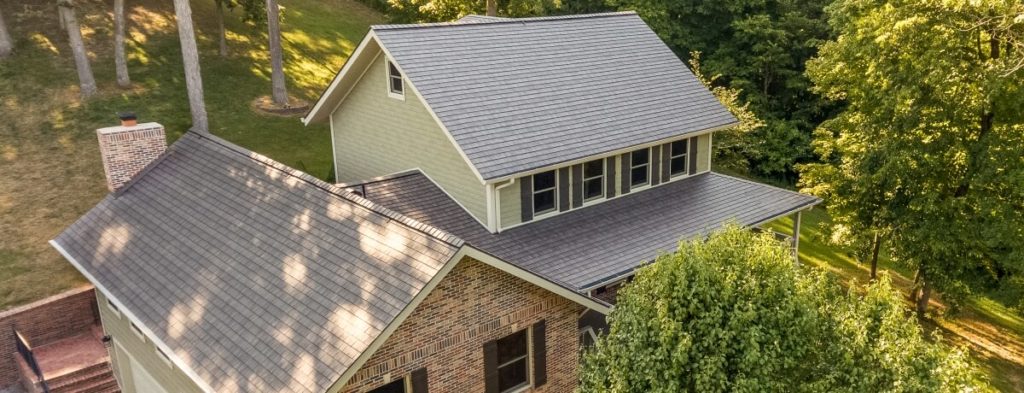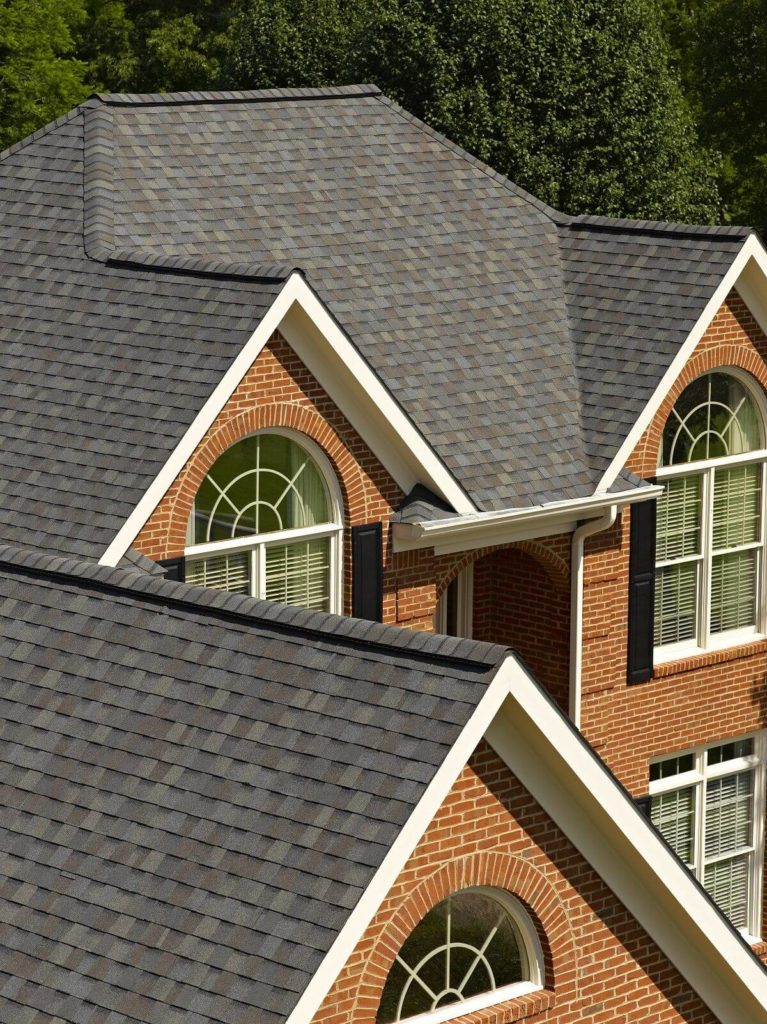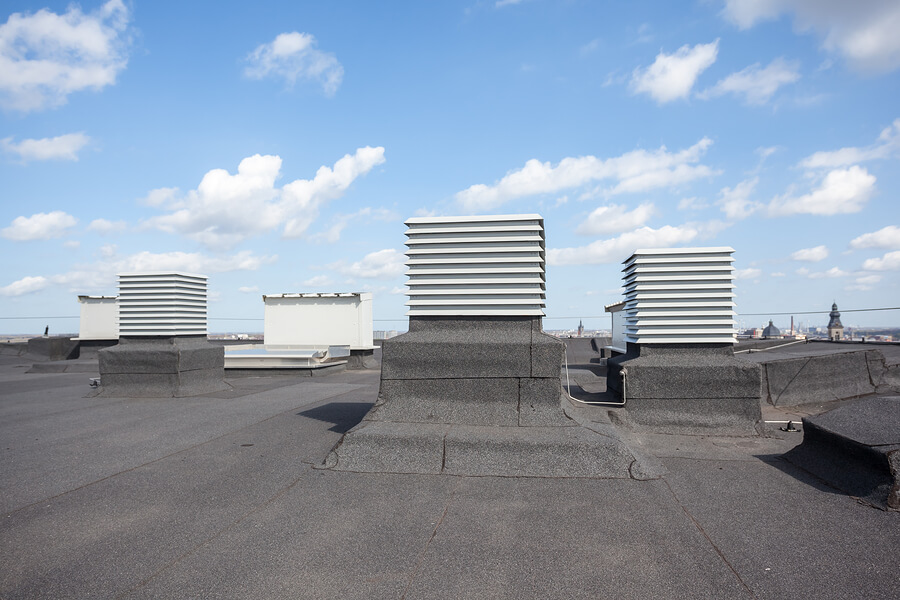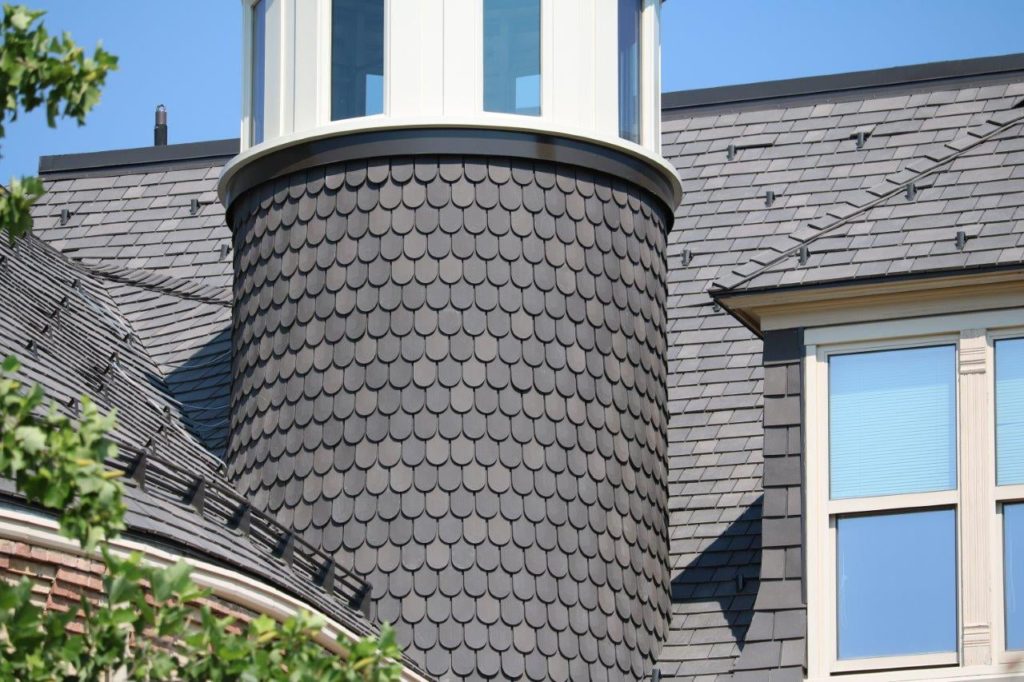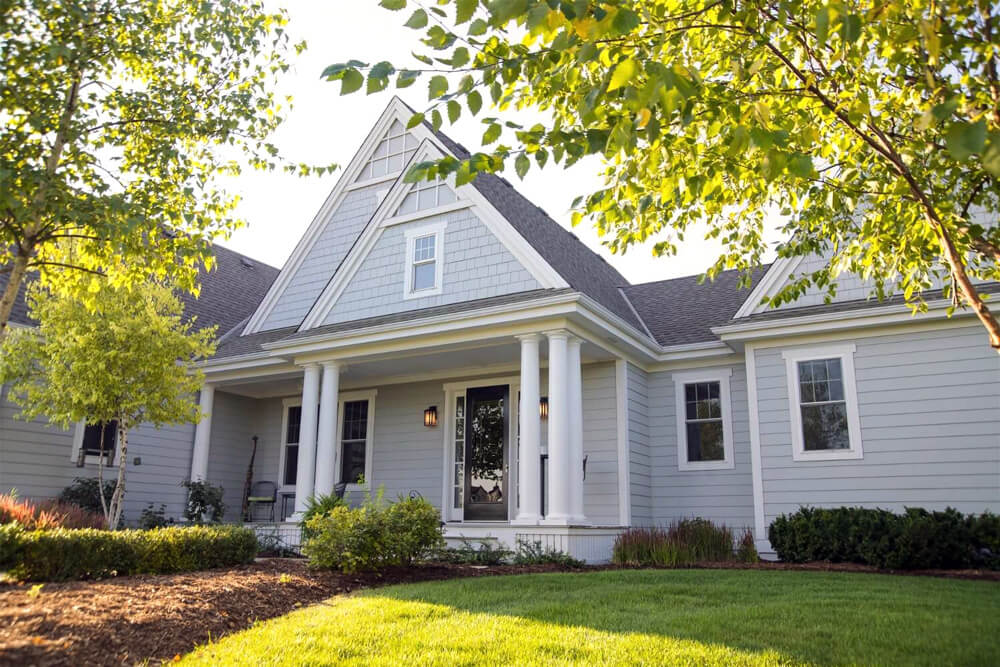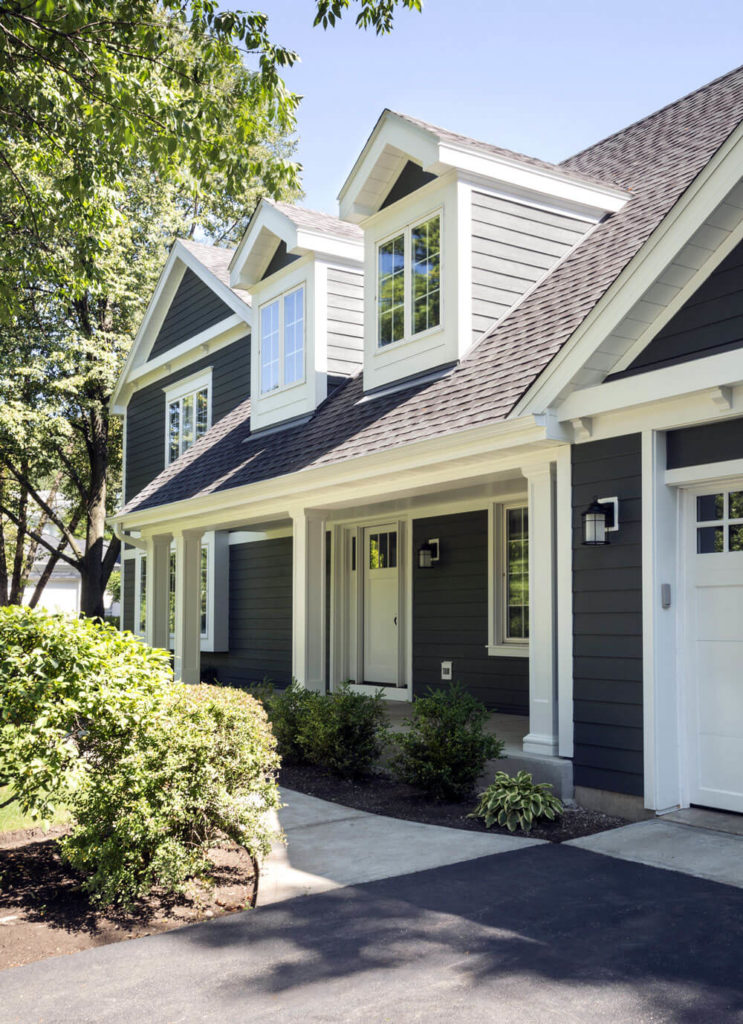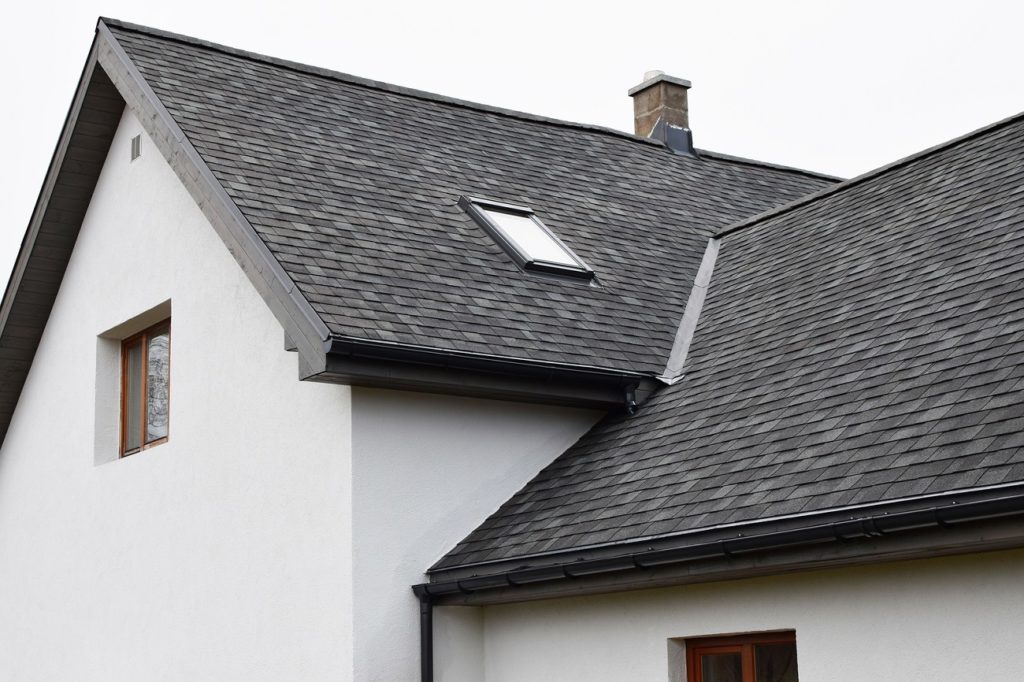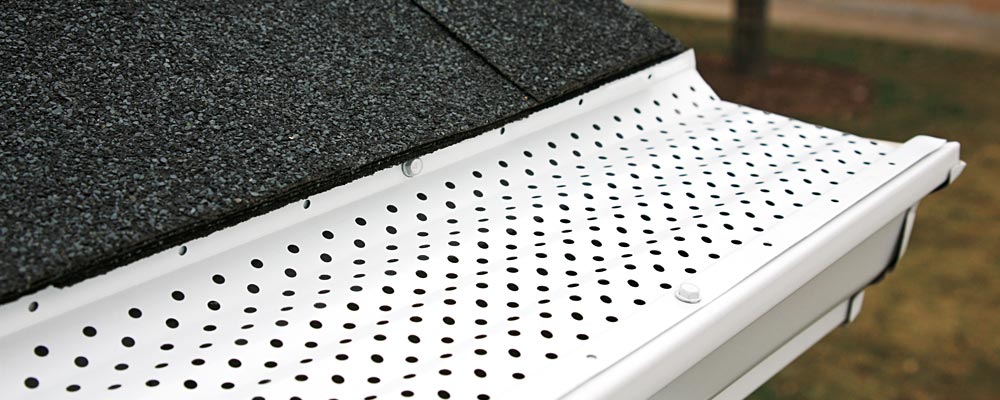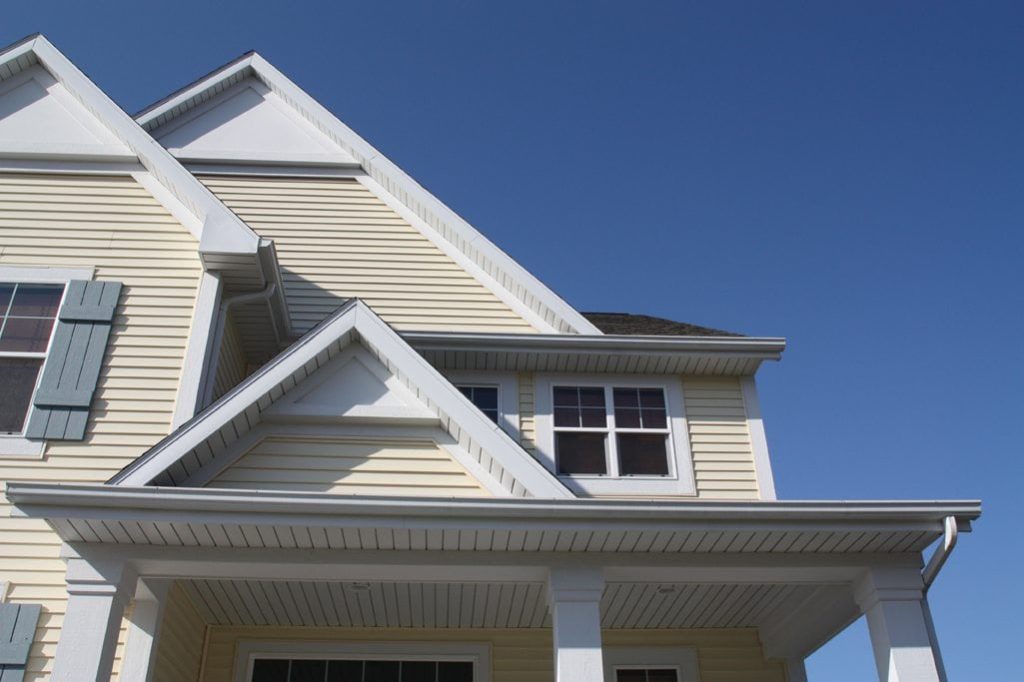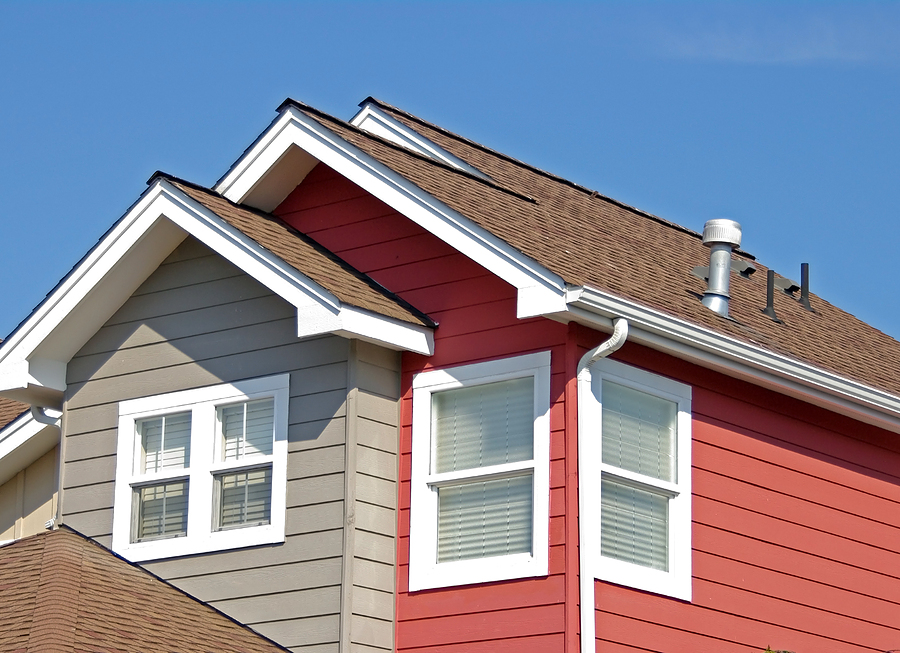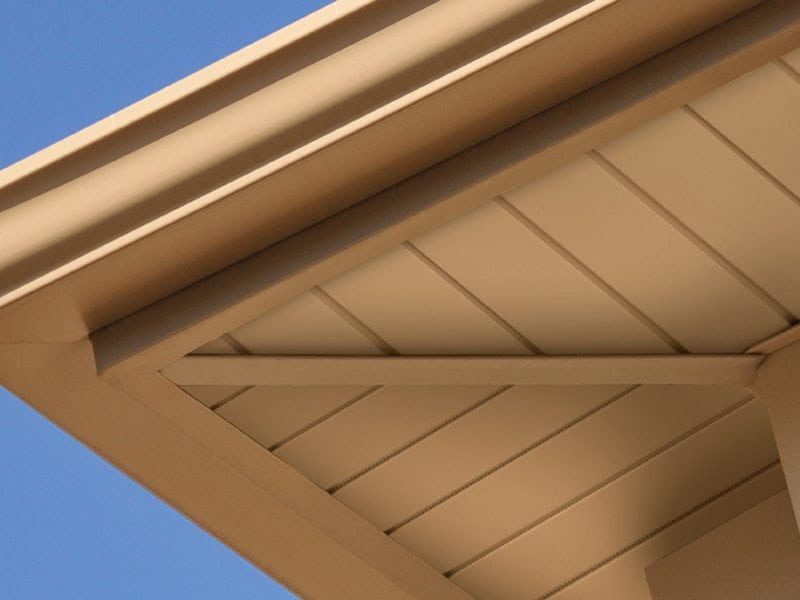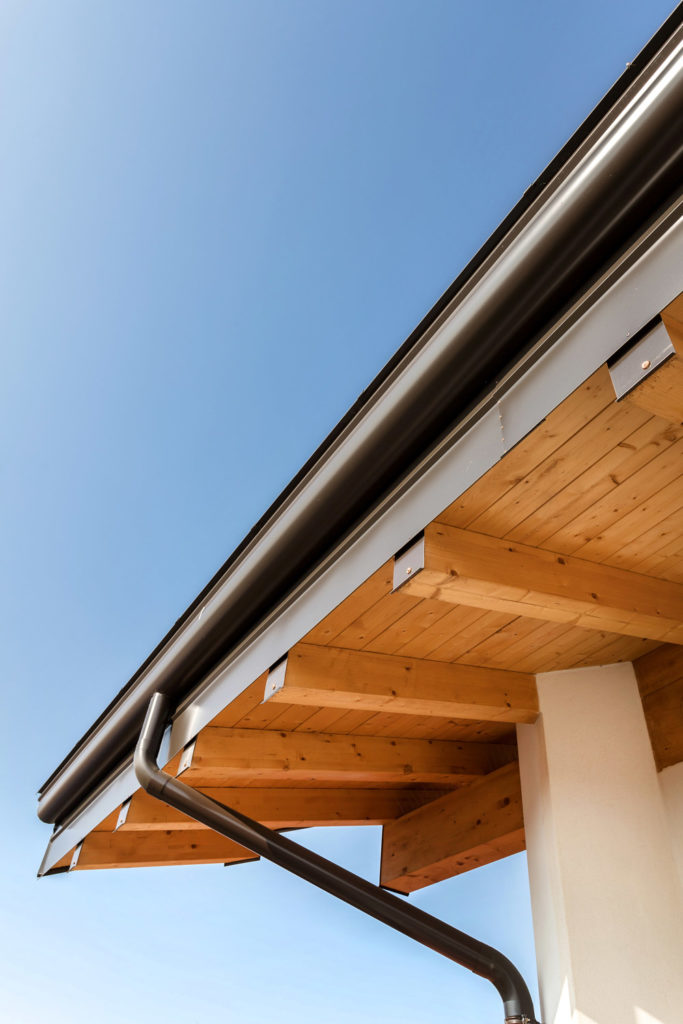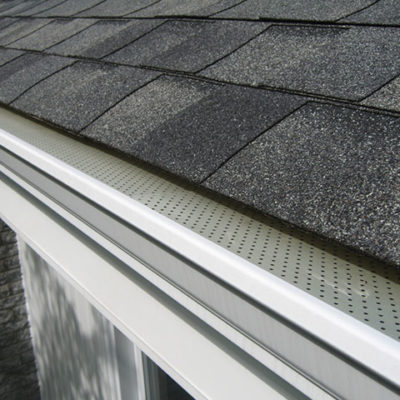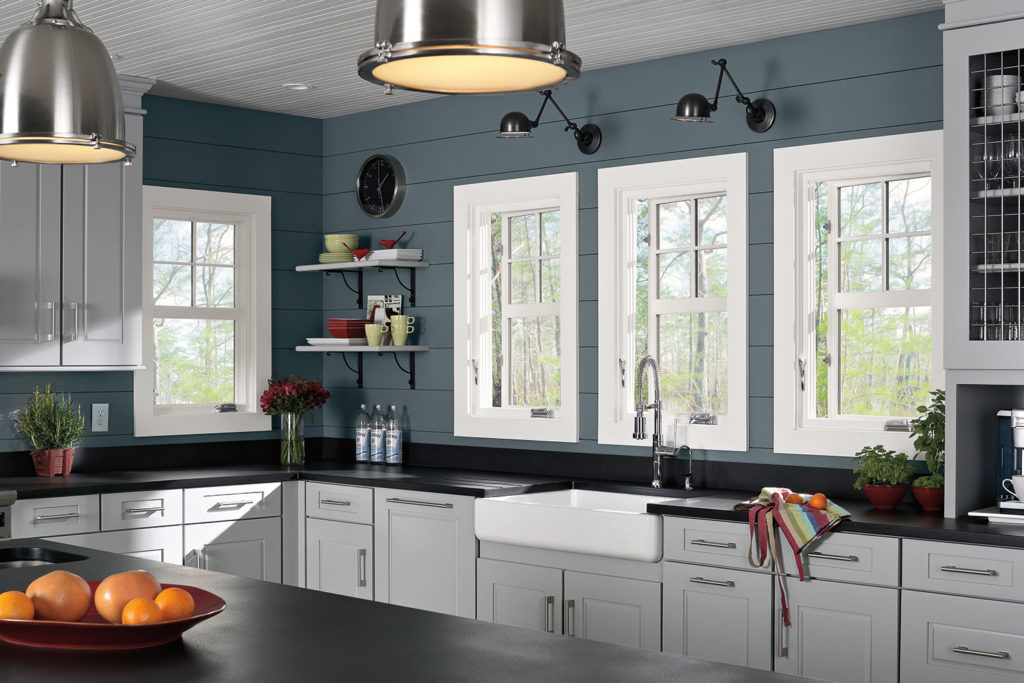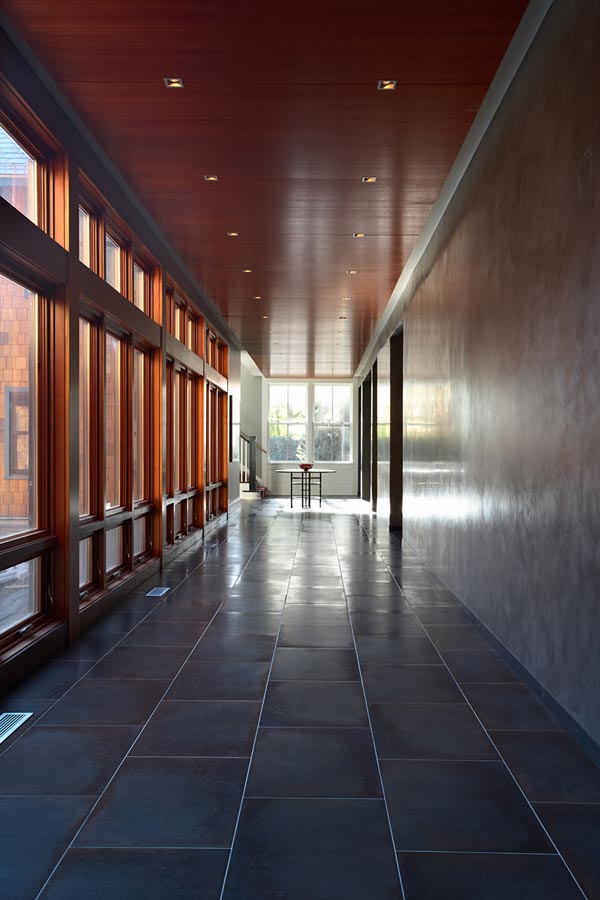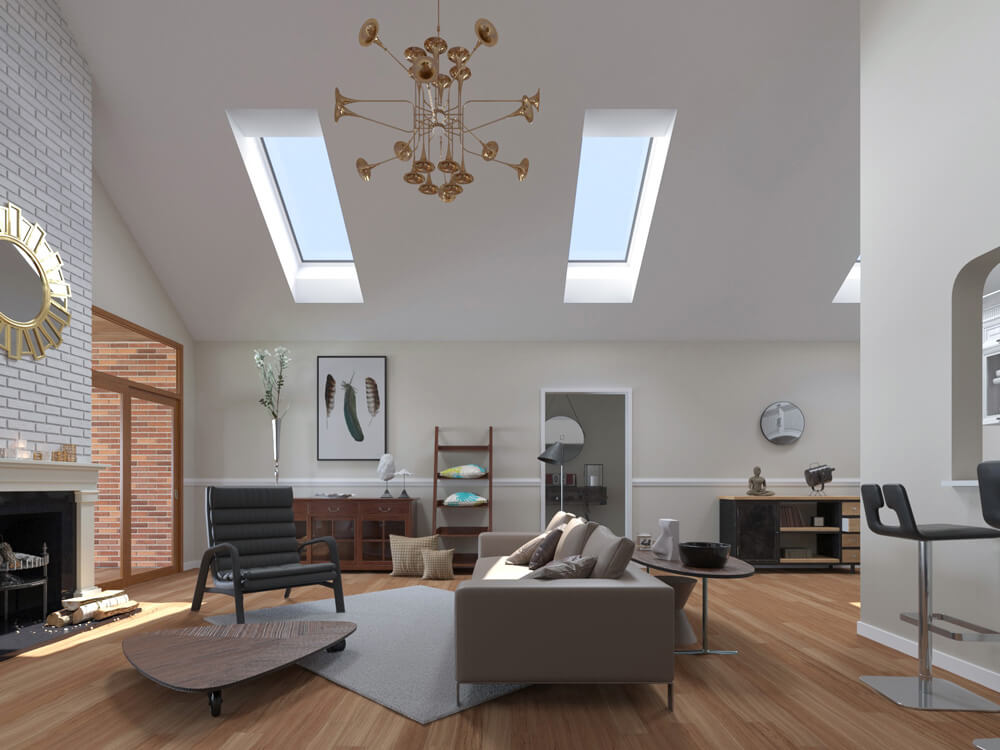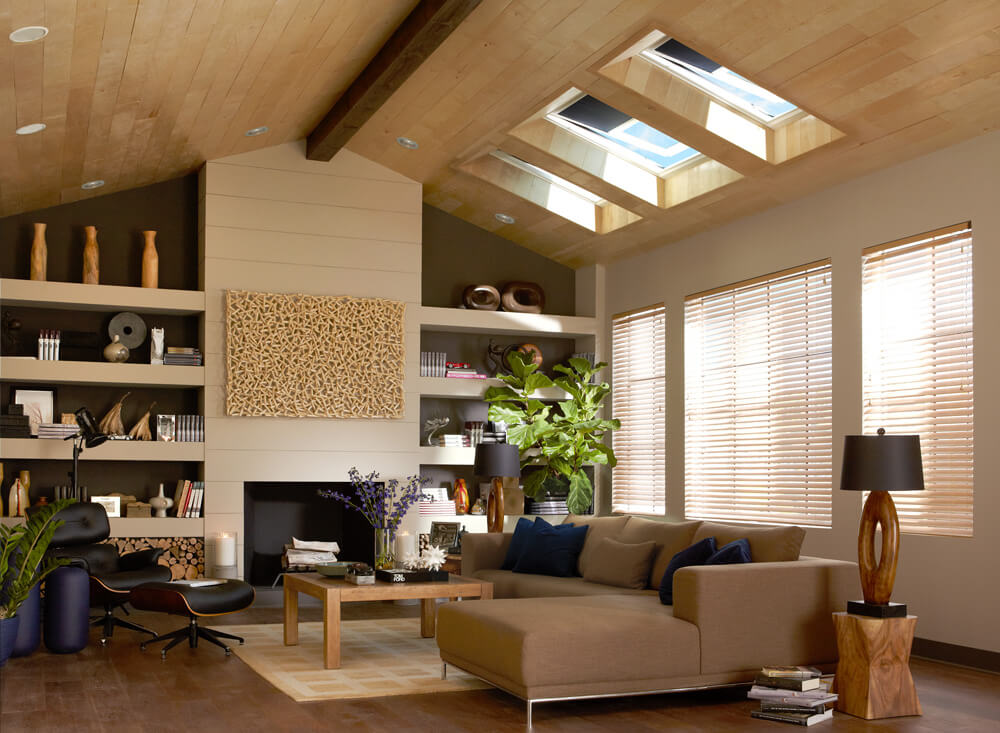Gutters play an important role in keeping your home dry, but to ensure yourself of optimal functionality, you need to look for the right type of gutter in the first place. Gutters can either be seamless or sectioned, but most experts would recommend getting the former over the latter. This is why over half of all the gutters installed in the country are seamless gutters. How exactly is a seamless gutter a better choice than its sectioned counterpart?
Seamless gutters are… seamless
Unlike a sectioned gutter, which has plenty of joints along its trough, a seamless gutter has a smooth, continuous surface. The lack of visible seams give the seamless gutter a clean look that matches almost any type of visual theme a home can have, making it the most versatile option.
Seamless gutters are less likely to leak
This type of gutter’s lack of seams isn’t just for show! One of the biggest problems with sectional gutters is that it can spring leaks from one of its many seams. A seamless gutter’s trough has a solid surface, sans the seams that can possibly develop gaps where water can leak through.
Seamless gutters have a cleaner finish
When installing a sectioned gutter, it’s important to have each seam properly sealed to avoid leaks. This can give a sectioned gutter a rather messy look. There is no need to worry about such issues on a seamless gutter. In fact, some seamless gutter channels get their smooth finish during the manufacturing process itself – so they don’t even have to be painted!
Seamless gutters are easier to fit
One of the biggest problems with sectional gutters is that they’re almost impossible to install without that uneven look. This is because the last section to be installed will often need to be modified to the exact length required. Seamless gutters are custom-fit for your home, eliminating the need for last minute adjustments, and cutting down on installation time.
Choosing the right type of gutter is just the first step! Find out how to keep your gutter maintenance- and clog-free in part 2 of this series.
Categories:
